What is the difference between a story and an experience?
A musing on structure.
I was tempted to answer thus: a story has structure, whereas an experience is incidental, structureless and more randomly shaped. Stories have a beginning, a middle, and an end - experiences, not so much.
This difference, so plainly stated, is not necessarily true, however it may seem on the surface to be self-evident. Experiences also have structure: however, they are more like the structure of Stravinsky’s Rite of Spring than that of a Mozart concerto. This is the man himself.
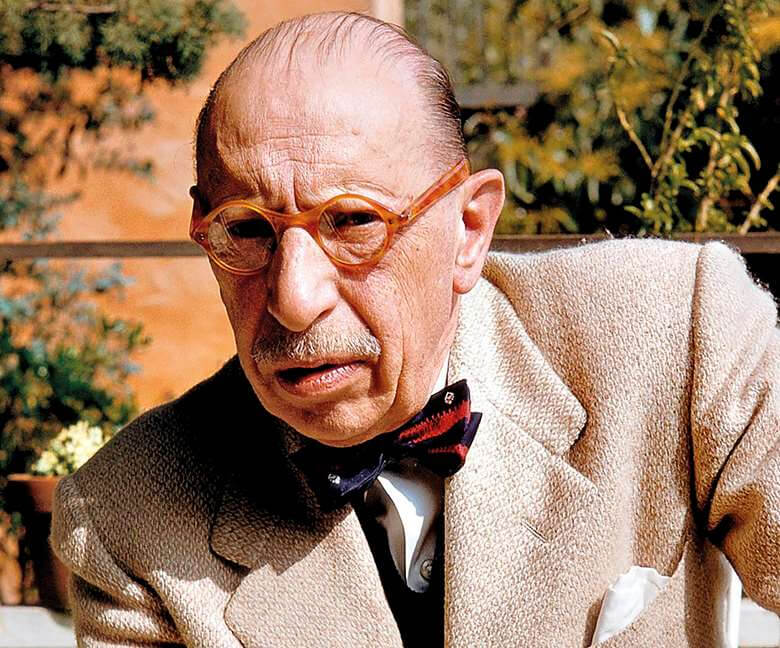
The Rite of Spring was a revolutionary ballet, that caused a riot on the night of its debut. Despite five years of piano lessons in my youth, I am not schooled in the theories of music and don’t have the professional language to describe it in ways that would satisfy a trained musician or composer. For example, I don’t know what an 'ostinato' is (I looked it up, but still don’t get it - but I like the fact that it comes from the meaning of 'stubborn' or 'obstinate').
However, to me the Rite of Spring is astonishing musically, as it appears to be an assemblage of discontinuous fragments, each contained and complete in themselves, juxtaposed in a loose rhythmic framework. It pushes forward despite abrupt changes in tempo, melody, and a whole lot of other things beyond my expertise. It feigns randomness or anti-structure while being wholly intentional and specific. It has structure, in spades - just not a symmetrical or traditional structure. It has harmonics but not overall harmony. To quote the Oregon Symphony's program notes for a recent performance: "One fragment follows after another with no modulation or linkage, in an abrupt, dislocated manner." Quite like the experience of real life.
I mention the Rite of Spring because I feel it is a structural analog for writing about architecture and design, and indeed for architecture and design themselves. To capture the complexity of a piece of architecture or the process of design, one can employ a loose structure or ‘assemblage’ of fragments, presented in turn, each with its own 'rhythm'. Each fragment may be harmonised within itself, complete within its melodic structure or as a singular utterance - but there is an essential discontinuity between the elements that make up the whole.
A piece of architecture is not a discordant assemblage of fragments as such, but it is almost always an uneasy conjunction of things. These include use, form, function, shape, proportion, phenomenological effects, materiality and construction, among many other things. How it relates to its context introduces another layer of complexity, as does the way it relates to the works that precede it in terms of broader precedent and the practitioner’s own earlier works.
Finally, the architectural work exists in time and is subject to entropy, and despite the promises of permanency made by styled photographs and the very material solidity of buildings, architecture ages and decays over time. A view of architecture - whether in a story, or photograph, or even as experienced in a visit - is always just a moment in time.
A snapshot.
BONUS CONTENT: A quote from “The Mind of Italo Calvino”, by Dani Cavallaro
“Classic structuralism posits the concept of structure as a stable system organized around a fixed center that transcends the endless play of language. Poststructuralism, conversely, advocates structurality as a volatile connector that only holds systems together in uncertain and ephemeral ways, preserving their dynamism at all times and acknowledging their self-dismantling proclivities.“
That definition of post-structuralism sounds like a description of Stravinsky's masterpiece.
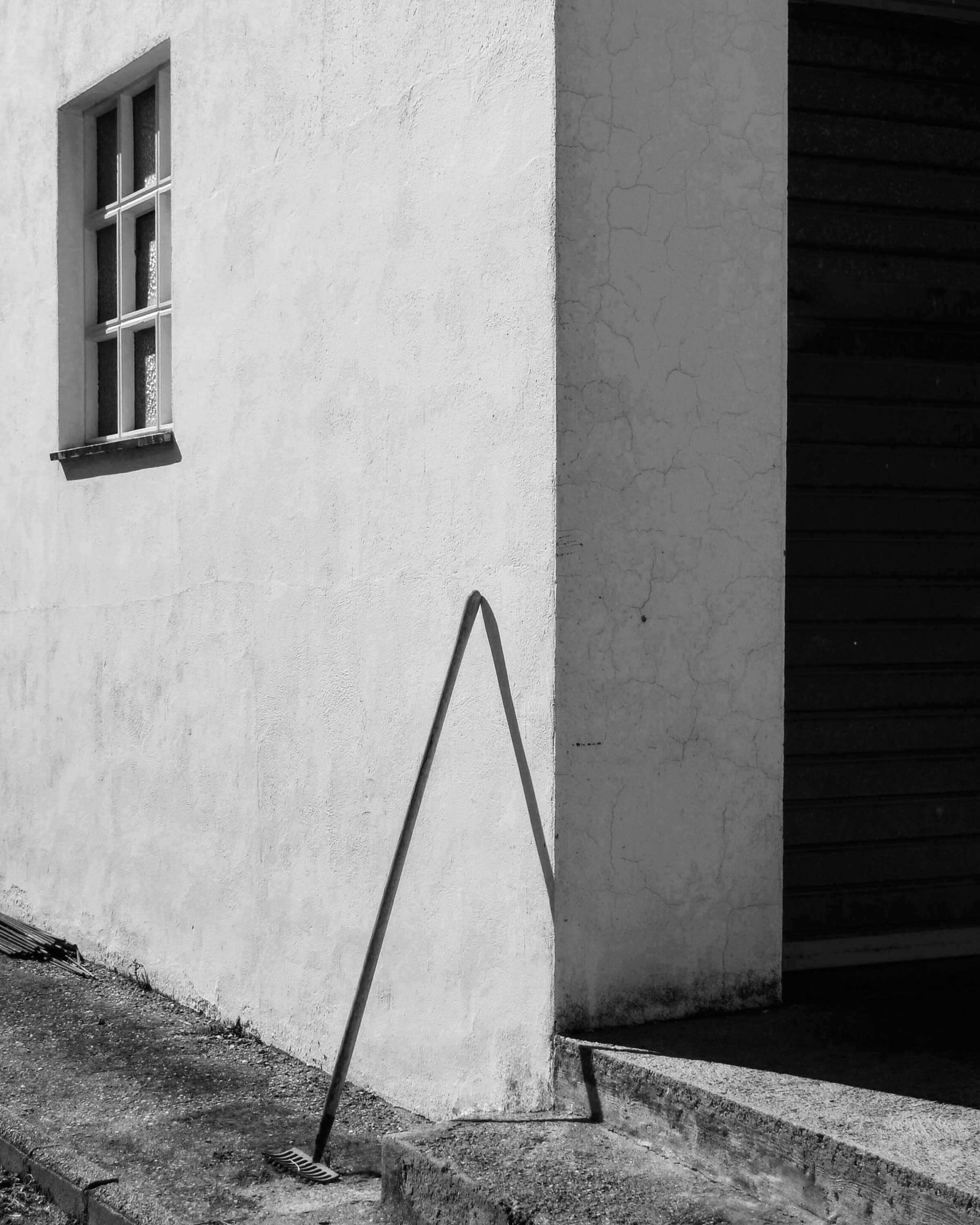
Photograph © Monica Villegas


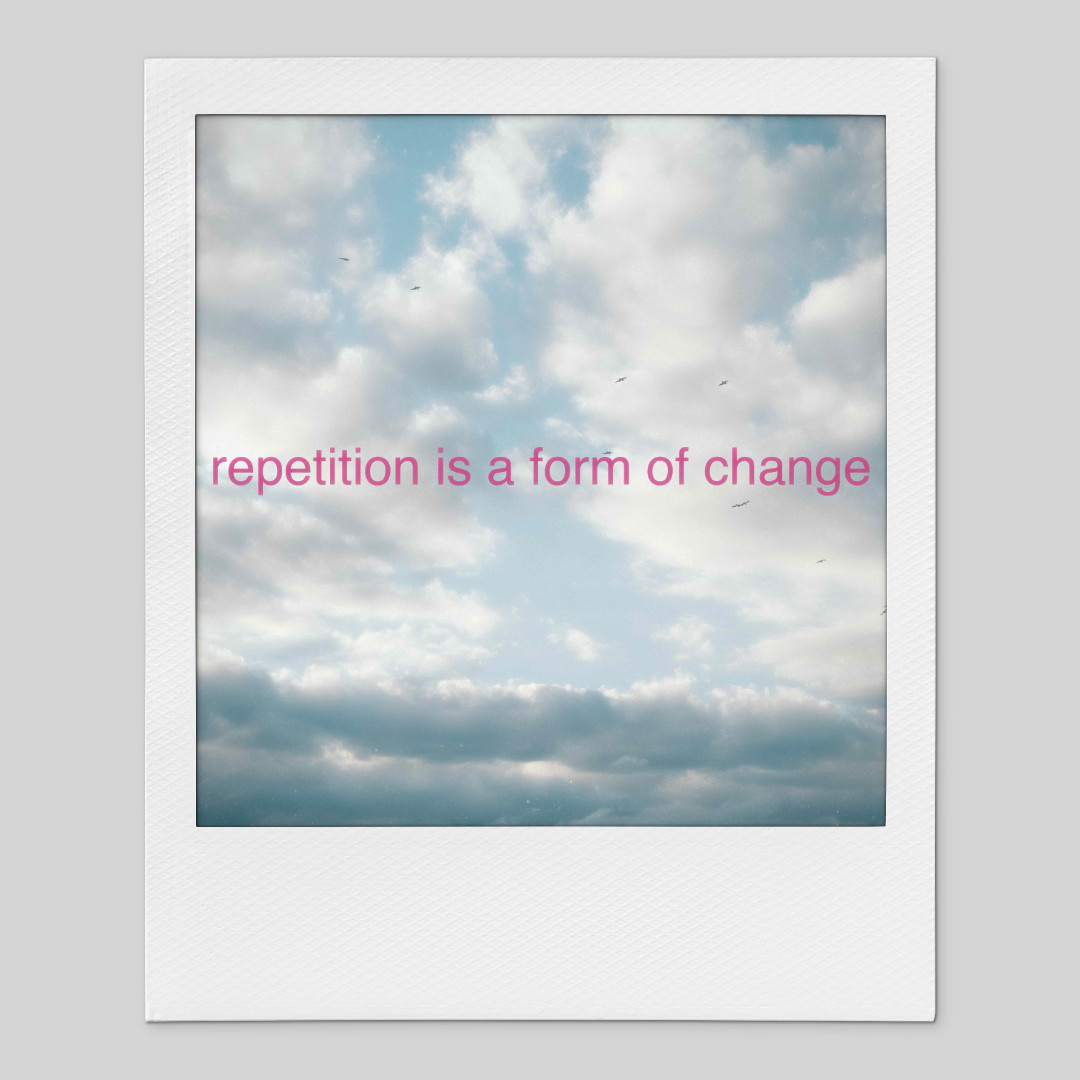


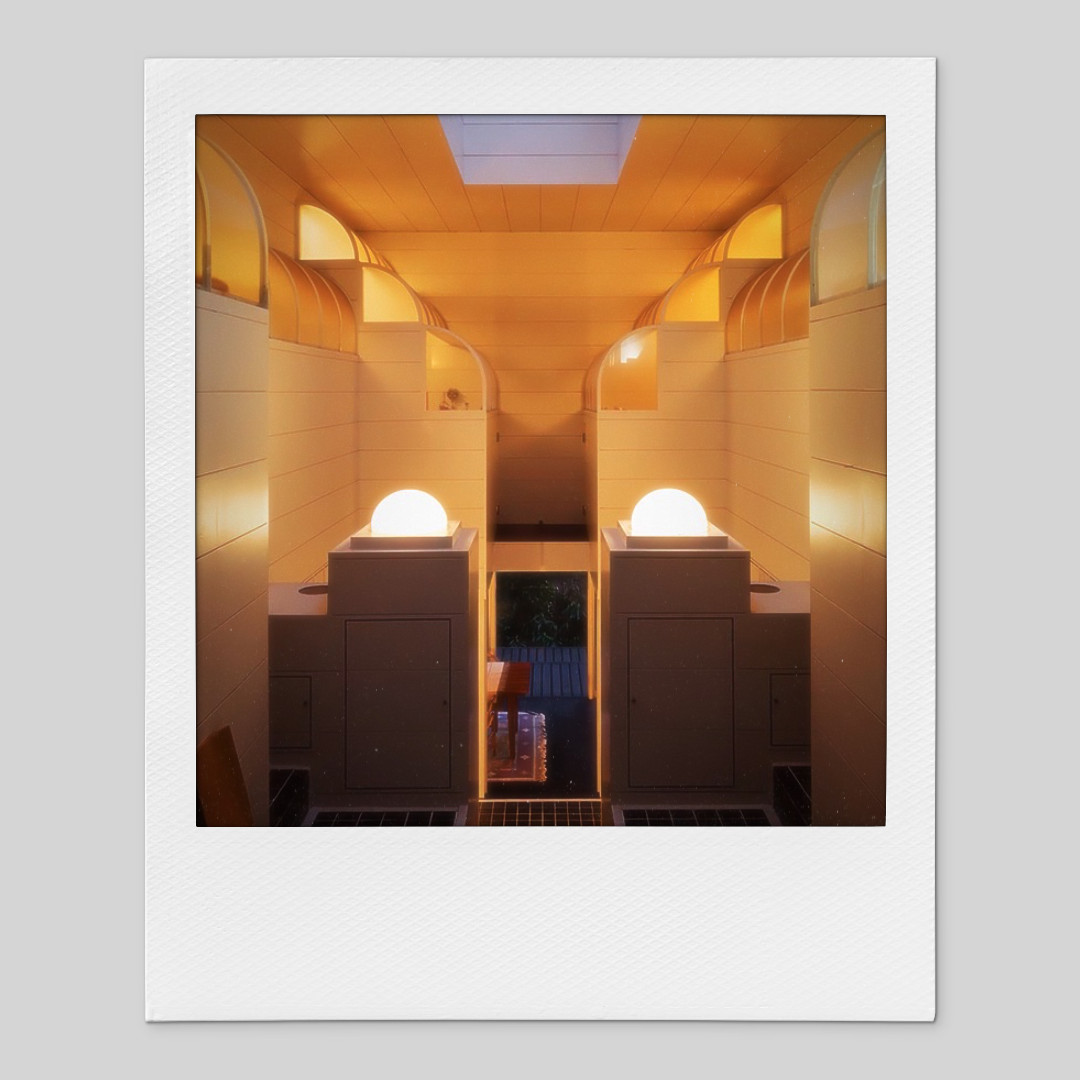

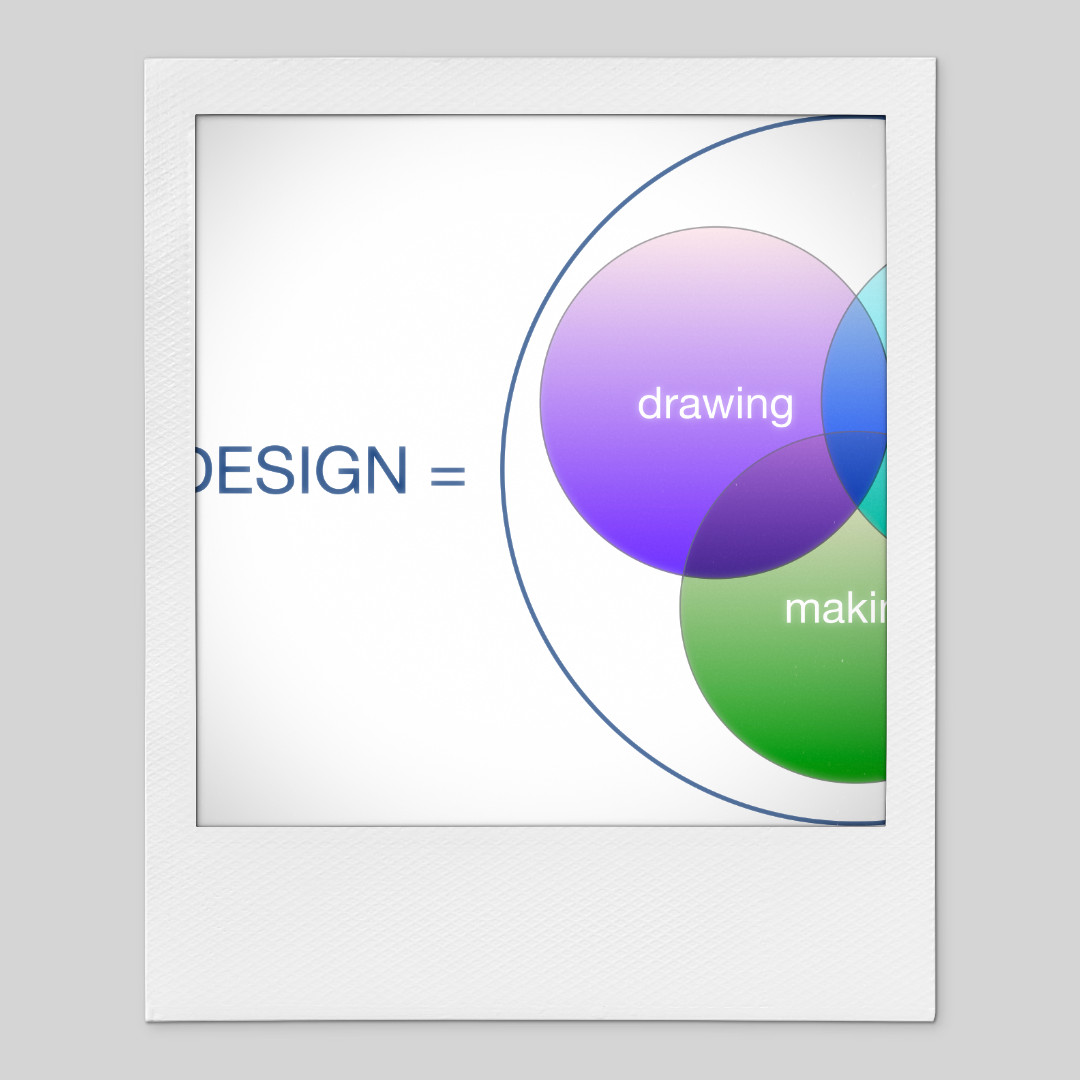
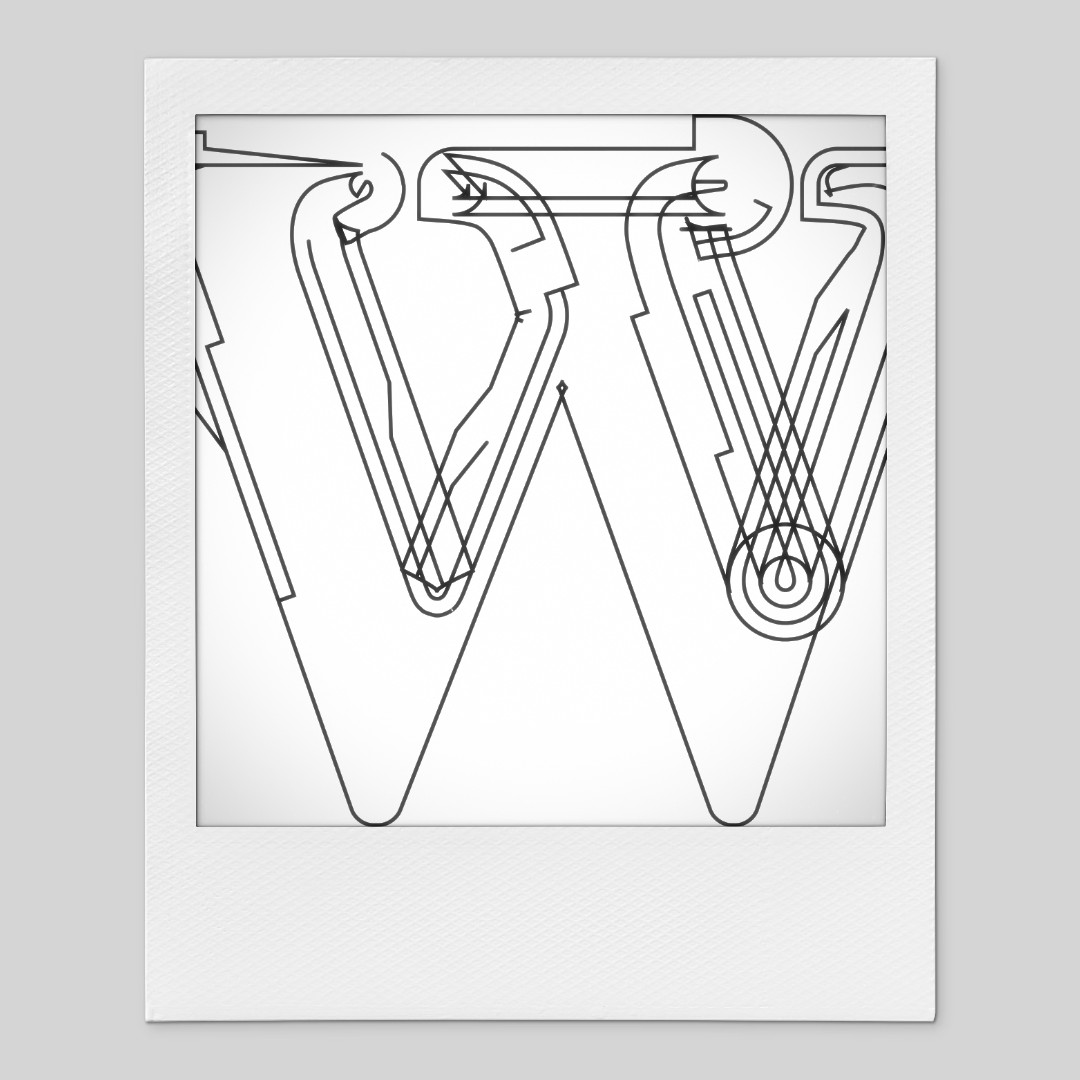
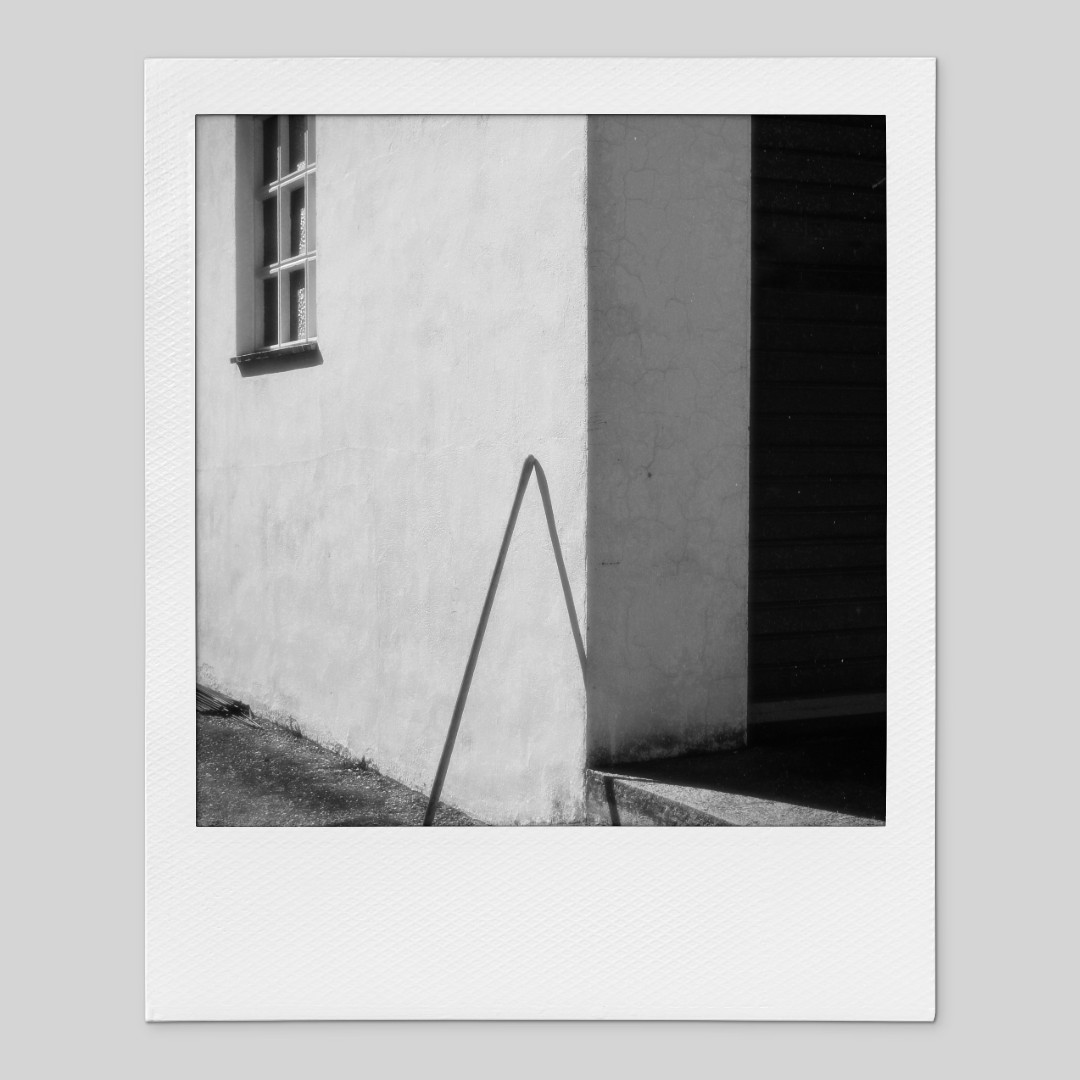




0 Comments